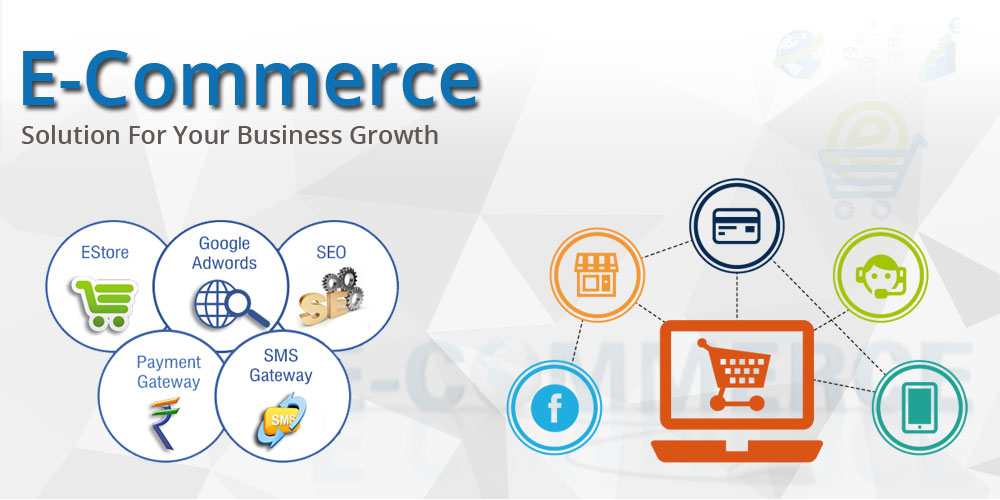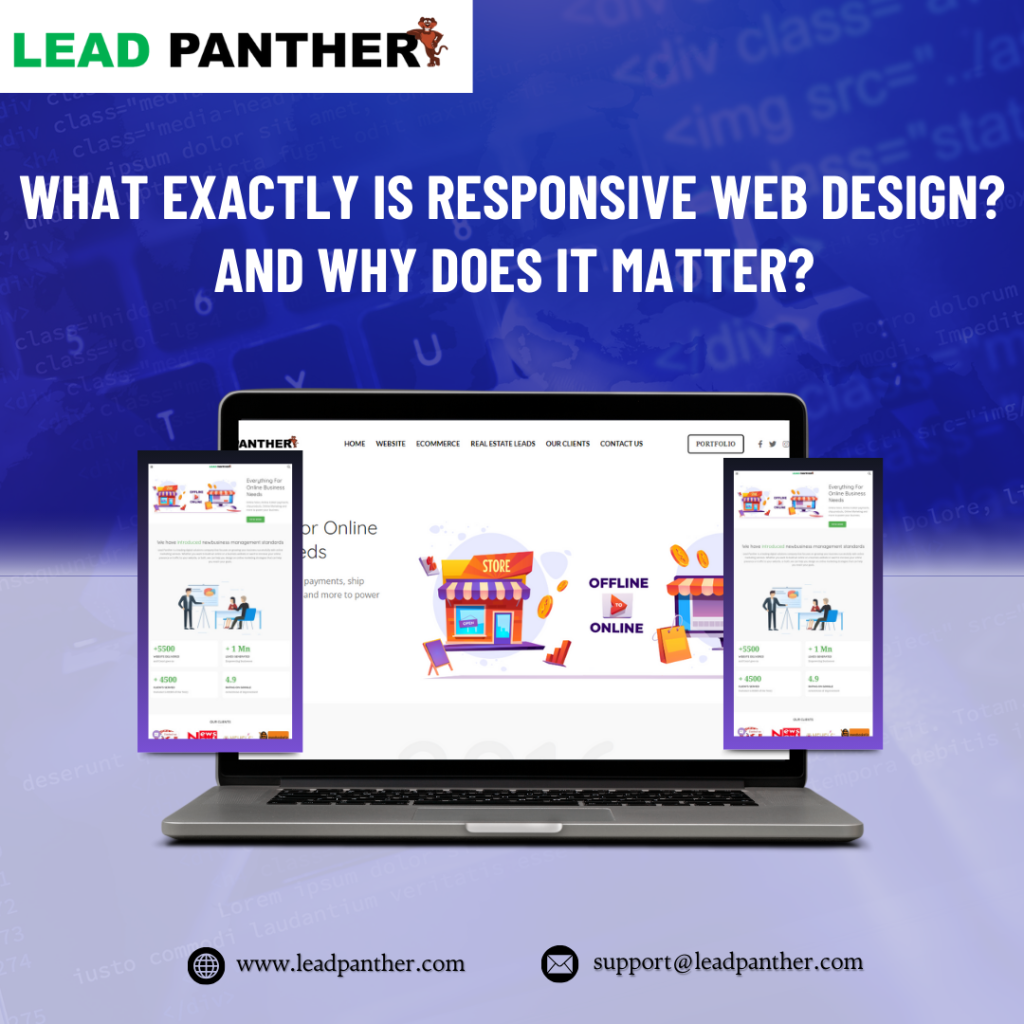In the rapidly evolving world of ecommerce, staying ahead of the curve is crucial for businesses looking to capture and retain customer attention. The design and development of ecommerce websites play a pivotal role in this endeavor. As we move through 2024, several key trends are shaping the landscape of ecommerce website design and development. Here are some of the most important trends to consider for a modern ecommerce website.
1. Mobile-First Design
With more than half of global internet traffic coming from mobile devices, mobile-first design is no longer optional—it’s a necessity. This trend emphasizes creating a seamless and optimized shopping experience for mobile users. A mobile-first approach ensures that websites are responsive, load quickly, and offer intuitive navigation. As mobile commerce continues to grow, designing with mobile users in mind is essential for maximizing conversions.
2. Minimalistic and Clean Aesthetics
Minimalism is a timeless design trend that continues to dominate the ecommerce space. Clean and simple designs focus on functionality and usability, reducing clutter and distractions. By using ample white space, clear typography, and high-quality imagery, brands can create an elegant and professional look that highlights their products and enhances the user experience.
3. Personalization and AI Integration
Personalization has become a key differentiator in ecommerce. Leveraging artificial intelligence (AI) and machine learning algorithms, businesses can offer tailored recommendations, personalized content, and targeted marketing messages. AI-driven chatbots and virtual assistants are also becoming more sophisticated, providing real-time customer support and enhancing the overall shopping experience.
4. Augmented Reality (AR) and Virtual Reality (VR)
AR and VR technologies are transforming the way customers interact with products online. AR allows shoppers to visualize products in their real-world environment, while VR offers immersive shopping experiences. These technologies help bridge the gap between online and in-store shopping, giving customers a more realistic sense of the product. For example, furniture retailers can use AR to let customers see how a piece would look in their home before making a purchase.
5. Fast and Secure Checkout Processes
A smooth and secure checkout process is crucial for reducing cart abandonment rates. Modern ecommerce websites should offer multiple payment options, including digital wallets and buy-now-pay-later services. Implementing a one-click checkout option and ensuring that the checkout process is mobile-friendly can significantly improve the user experience. Additionally, security measures such as SSL certificates and PCI compliance are essential for protecting customer data.
6. Sustainability and Ethical Considerations
As consumers become more conscious of environmental and ethical issues, ecommerce websites are increasingly highlighting their sustainability practices. This includes showcasing eco-friendly products, transparent supply chains, and ethical business practices. Incorporating sustainability into the brand’s story can resonate with socially conscious consumers and build brand loyalty.
7. Advanced Analytics and Data-Driven Design
Data is the backbone of modern ecommerce. Advanced analytics tools allow businesses to track customer behavior, measure key performance indicators (KPIs), and gain insights into user preferences. This data-driven approach enables companies to optimize their website design and marketing strategies continuously. By analyzing metrics like bounce rates, conversion rates, and average session duration, businesses can make informed decisions to enhance the user experience.
8. Micro-Interactions and Animation
Micro-interactions are subtle animations or design elements that provide feedback to users, making the website experience more engaging. These can include hover effects, loading animations, and button clicks. When used thoughtfully, micro-interactions can enhance the overall user experience by providing visual cues and making the website feel more interactive.
9. Progressive Web Apps (PWAs)
Progressive Web Apps combine the best of web and mobile applications, offering a fast, reliable, and engaging user experience. PWAs are designed to work offline, load quickly, and provide a native app-like experience. They are becoming an increasingly popular choice for ecommerce businesses due to their ability to improve performance and user engagement without requiring a separate mobile app.
Conclusion:
Staying updated with the latest trends in ecommerce website design and development is essential for businesses looking to succeed in the competitive online marketplace. By embracing mobile-first design, personalization, AR and VR, voice search optimization, and other emerging trends, businesses can create a modern, user-friendly, and engaging ecommerce experience. As technology continues to evolve, keeping an eye on these trends will help businesses stay ahead and meet the ever-changing demands of consumers.



